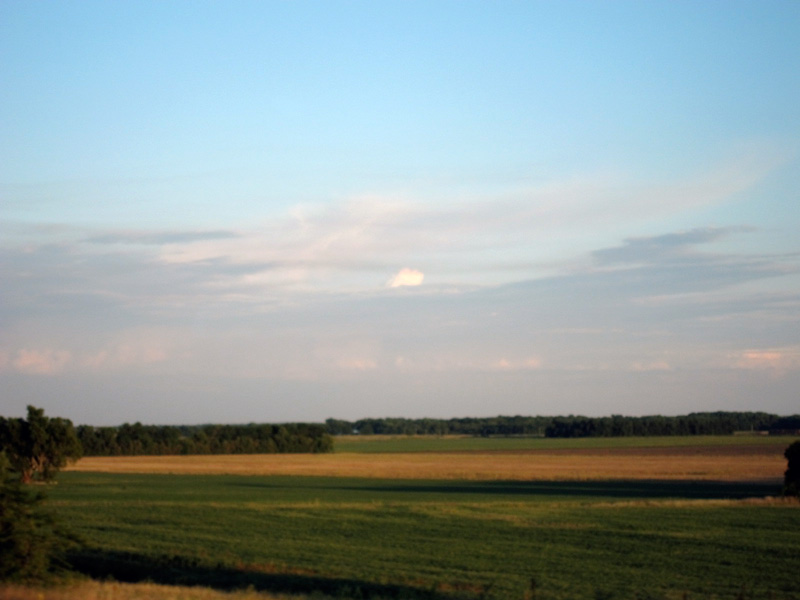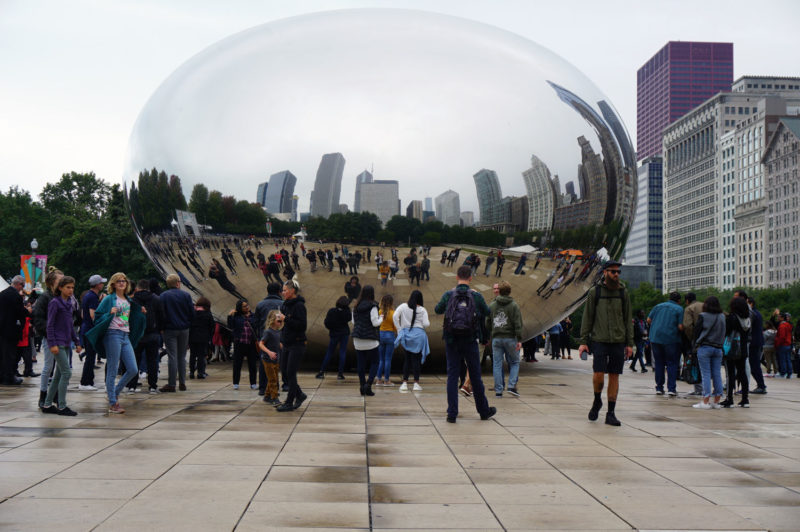My life is a jumble of places, which shows in my photography. There are whole genres of pictures having to do with different spheres of my life, adding up to a fractured geography. There are pictures of my home life in a city apartment, pictures of a vacation house in the Michigan woods, pictures of a farm my husband owns, tame pictures of a city that’s really wild, pictures of the places I’ve lived, and far-flung places my friends and family live now.
I find it upsetting, this multiplicity of locales. How can a body feel integrated, flitting about all these places, each with their tensions, cultures, preoccupations? What do I take from them, or partake of, truly? Geography—to which I avoid assigning importance—is a problematic grab-bag of memories and possibilities. (“People before place” is one of my favorite sayings.)
I have gone where I have needed to, in other words. Gone where human attachment has taken me. The result is an alienation from “my natural setting”—from native places, and nature. I live in places I do not know.
Nature remains an important category. Wherever I am, it’s what I’m drawn to, it’s what I notice most, more distinctly than people. So even though I’m a city-dweller, I take many many pictures of plants, gardens, and landscapes. I even take pictures when I make a bouquet. I guess I’m creating my own personal geography that way.
I have spent most of my life surrounded by midwestern plains. They’re invisible unless I get in a car and get out of the city, but, when I do, there they are. The flat stretches of the midwest are little populated and boring, but they are vast and, to a careful eye, mesmerizing. The plains envelop the city, stretching out away from it for hundreds of miles, a protective blanket of near-sameness that tempers the jostling tumult of urban life.

